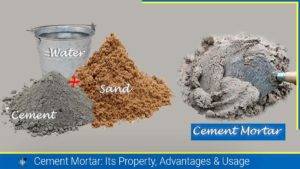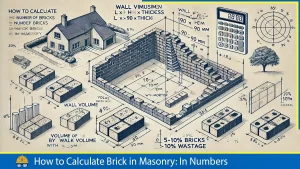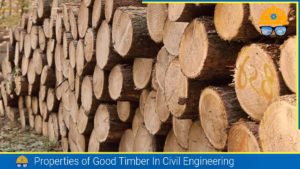Laying of bricks, and tiles and giving wall finishing isn’t complete without the binding materials such as mortar. There are other types of binding materials, such as AAC blocks laid with the help of AAC adhesive, and asphalt for asphalt concrete. In this article, we will see about mortar and types as it is one of the most commonly used materials in construction works.
What is Mortar?
Mortar is a homogeneous mixture of cement and fine aggregate with a certain quantity of water added. Other additional materials are also added to improve the quality of mortar with the above-mentioned materials. Mortar is used as binding material in many construction works excluding flexible pavement. It is commonly used for laying bricks, tiles, plastering work, etc. It is either prepared with lime or Portland cement, with ash for sand and a suitable proportion of water.
Properties of Good Mortars
The properties of good mortar depend upon the quality of the materials and the proportion of the ingredients used for the preparation of mortar. The following prosperities are considering the fact of all the conditions set as required.
- It should develop good bonding between the layers of bricks and stones.
- It should be durable.
- It should develop an impervious layer for heat and rainwater.
- It should be easily workable during the application.
- It should not affect the durability of the other building materials.
- It should be capable of developing desired stresses.
- It should gain its strength in a reasonably short period of time.
- It should accept and maintain the colour of the paint or wash for a longer period of time.
However, the above properties are only applicable to one type or the other type of mortar. Not all mortar is the same and has different properties and characteristics as the materials used to prepare the mortar.
Types Of Mortars Based On Material
Mortar is prepared by using different ingredients depending upon the usage and application. Thus, the mortar is classified into the following types depending on the materials used to prepare it:
- Cement mortar
- Mud mortar
- Lime mortar
- Cement-Lime mortar
- Gauged mortar
- Surki mortar
Cement mortar: –
Cement mortar is a mixture of cement and fine aggregate (sand) with a specific amount of water added to a mixture. Cement mortar is the most commonly used material in the construction industry. It can be used in numerous civil infrastructure finishing works. The property uses and preparation of cement mortar are discussed below.

Also, read: What is Cement Concrete? | Why should you know about it?
Mud mortar: –
Mud mortar is prepared by mixing soil or clay with water. It is sometimes added with other binding materials to increase its strength. Mud mortar is the weakest of all types of mortars and the use of mud mortar is not encouraged for earthquake-resistant structures. However, mud mortar is used as binding materials for boundary walls and some other small temporary structures with stone masonry walls and adobe walls are used. Mud mortar is preferred where cement is unavailable.
Lime mortar: –
Lime is mixed with sand with the required quantity of water to prepare a lime mortar. There are two types of lime that are used to prepare lime mortar, namely Hydraulic lime and Fat lime. When preparing mortar with Hydraulic lime the sand used is only 2 times the volume of lime (1-Hydraulic lime:2-sand). If fat lime is used the sand is 2-3 times the volume of lime.
Lime mortar is almost replaced by the discovery of cement and cement mortar. Lime mortar was extensively used in every construction work for the purpose of plastering and laying the masonry works. This can be seen in an older structure like the pyramid of Giza. Lime mortar is produced through the methods of Ponding or Grading.
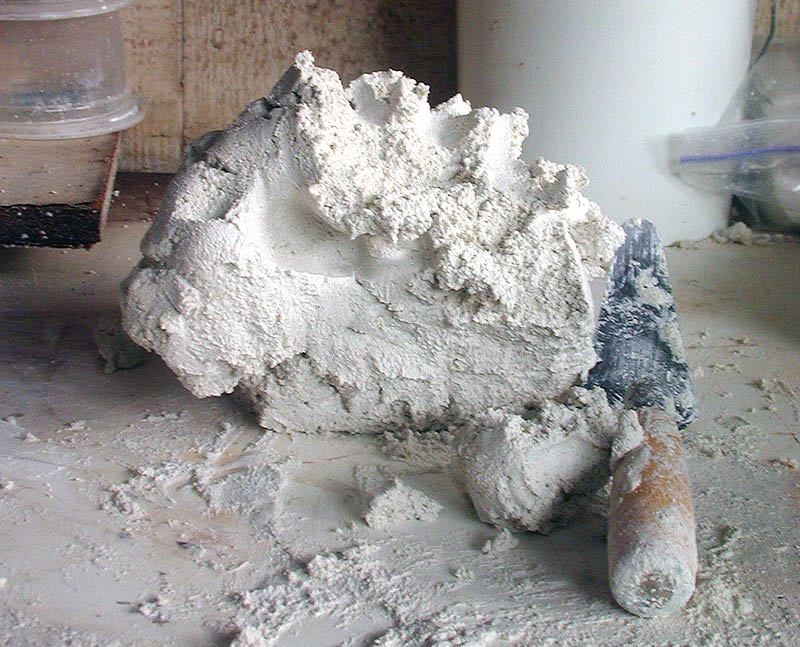
Ponding lime mortar
For the process, a pit is dug in the hard ground and a brick lining is done. A required amount of Lime and sand is added and mixed by the method of ponding
Grinding lime mortar
The process of grinding may be carried out by a bullock-driven grinding mill or by a power-driven grinding mill. This is the best way to produce a good mixture of lime mortar.
Cement-Lime Mortars
These have good qualities of cement as well as of lime; that is, medium strength along with good workability and good water retentivity, freedom from cracks and good resistance against penetration. Commonly adopted proportions are (cement, lime and sand) 1:1:6, l:2:9 and 1:3:12. Mix proportion of binder to sand (cement plus lime) is kept as 1:3. This gives a very dense mortar since voids of standard fully filled.
Also, read: Types of Stone Masonry Works | Rubble Masonry
Gauged mortar
A Gauged mortar is a mortar prepared using both cement and lime with sand in the presence of water the mixture is called a gauged mortar. The cement is added to improve the strength of lime mortar and the process is known as “gauging”. Gauged mortar is more economical than cement mortar and has higher strength compared to lime mortar.
Surki mortar
Surki is a powder form of broken bricks. This type of mortar is prepared by mixing cement or lime with surki in the presence of water. When cement is used with surki it is called Surki-cement mortar and when lime is used with surki it is called as Surki-Lime mortar. Surki is a fine aggregate in the mortar.
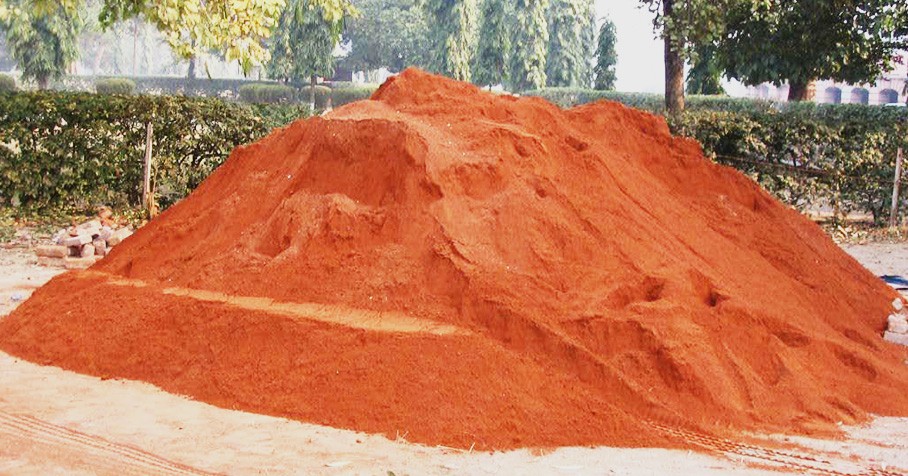
Application of Cement Mortar
- Use for binding layers of bricks or stones.
- To lay the tiles on floors and walls.
- For jointing and sealing pipes like Hume pipes.
- Primarily used for plastering and pointing works.
- It is used for covering defects in the building materials or uneven surfaces due to improper workmanship.
- It is used to provide smooth finishing and hard surfaces to masonry walls and floors.
Also, read: Types of Bricks Used in Building Construction | 6 Types of Bricks
FAQs:
Q: What grade of cement mortar is used for Brickwork?
Ans: Generally, cement mortar of 1:6 to 1:8 (cement sand ratio) is for stacking or laying the masonry works. The brickwork is no different and thus the same grade can be used for laying the brickwork.
Q: How is cement mortar prepared?
Ans: For preparing cement mortar, first, a mixture of cement and sand is made thoroughly by mixing them in dry condition.
Water is gradually added and mixed with shovels until the required mix is prepared.
References:
- Bhavikatti S.S., Basic Civil Engineering, New Age International (P) Limited
- Dwivedi Praveen Bajpai Prachi (2018), Hand Book of Civil Engineering, CL Media (P) Ltd.
![]()





